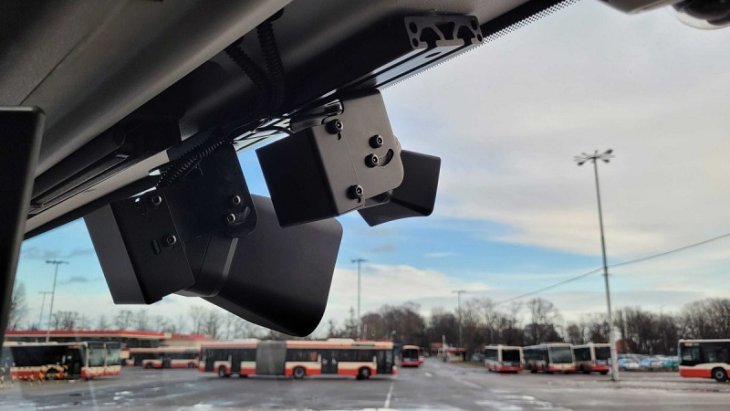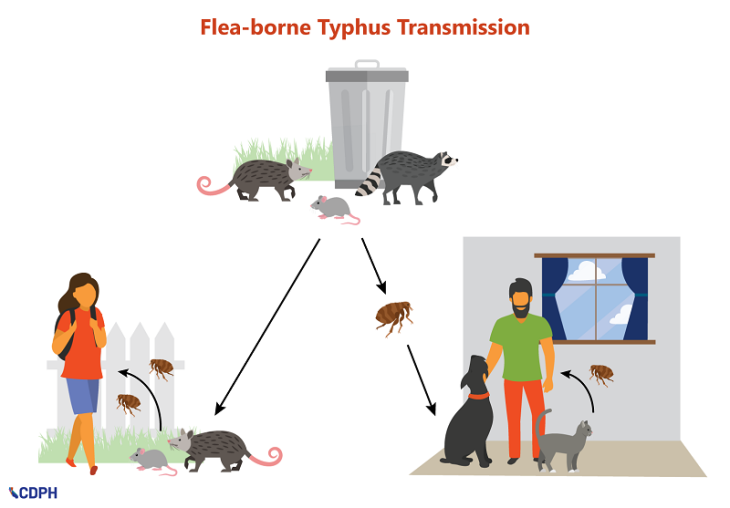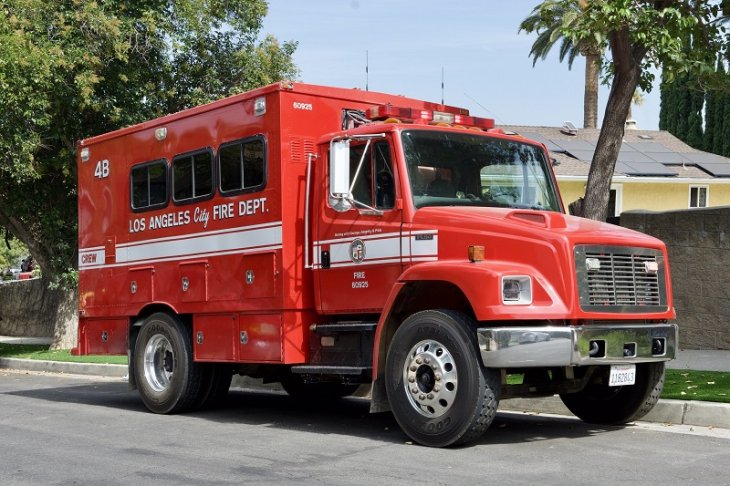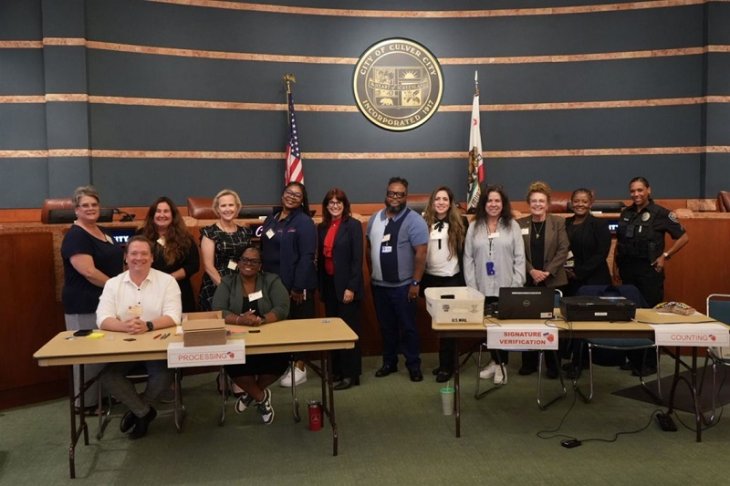
The Consumer Electronics Show (CES) held recently in Las Vegas featured numerous companies that came to show off the innovative robots they are developing. Robots are moving from factories into homes, hospitals, shops, restaurants, and even being used in war zones.
Today, if you have a robot in the house, it is for fun and entertainment. These robots are able to welcome people, speak with simple dialogue, and provide some information. But the tasks that robots designed-for-home-use can perform are expected to grow increasingly more complex.
For example Pepper, the robot made by Aldebaran, a Japanese-owned company based in Paris is designed to be kind, endearing and a good companion. Pepper, human in shape, has eyes, arms, a mouth, and rolls on wheels with sensors to insure it doesn’t hit anything. Pepper can even dance with you by waving its arms in the air and sticking its backside out.
Pepper’s number one quality is the ability to recognize the primary human emotions and react and adapt to your mood. Pepper can interpret your emotion based on your voice, facial expression, body movements, and words you use to provide the appropriate response. Pepper gradually memorizes your personality traits, your preferences, and your habits and adapts to your tastes.
Not only can Pepper talk, but Pepper can also be programmed to speak in different languages. Pepper is currently used at 200 Nestle coffee shops in Japan to assist customers with the types of coffee they want to buy and to direct them to specific coffee machines.
Pepper does not come cheap. When Pepper came on the market in Japan about six months ago at a price of almost $2,000 (U.S.) plus monthly $200 (U.S.) data and insurance fees, Pepper sold out in a minute. While Pepper is expected to come to market in the United States in 2016, it is not yet available in retail stores here.

There were all kinds of robots on display at CES. One robot was able to wash windows, another one folded clothes, and of course there’s also the vacuum cleaner robot.
Another robot, BOCCO, was created to help parents and children stay in touch. At a half-foot tall, BOCCO can play back messages parents record on their smartphone. It can also alert parents when a child’s door opens.
Intel & Segway have teamed up to create a hover board robot butler. The self-balancing personal transporter also has a built in interactive robot. In robot mode, the robot can move around on its own and respond to the speaker’s commands from the small screen display. The hover board is less prone to explosion than most balancing scooters.
IBM has been working on their robot named Watson since its debut on the television game show “Jeopardy” in 2011. Operating on a Cloud Paradigm, Watson takes data from devices based on use by consumers, learns using analytics and can anticipate services that can improve everyday life.
IBM’s customers that are using Watson include such companies as Under Armour, Medtronics, and Japanese telecommunications and Internet multi-national company Soft Bank.
Soft Bank, powered by IBM’s Watson technology, developed the robot Pepper. Watson has even been taught to think in Japanese and is used at a top Japanese bank to interact with human consumers.
Watson has also learned to measure heart rates, calories and weight to analyze how someone feels as developed by the Co-founder and CEO of Under Armour, Kevin Plank. Plank refers to this knowledge as “cognitive fitness.”
Watson can measure and compare an individual’s results, for example to a national database or a more select database. Plank explained that most people have a better understanding of the condition of their car than their own health. The availability of this technology can be used to educate the user to take preventative health measures.
Medtronic has used Watson for diabetes management and Watson can even predict hypoglycemic incidents 3 hours in advance, which has never been done before.
Using the App that Medtronic designed which calculates carbohydrates, blood sugar levels and other measurements, Watson can advise the user in real time what foods to eat to avoid potential life threatening alterations to blood sugar levels.
Ginni Rometty, IBM President, CEO and Chairman, discussed how cognitive systems and “IoT” (referring to “the Internet of Things”) have developed faster in the past couple of years than personal computers and other technologies when they first started. According to Rometty, this Cloud-based platform will enable IBM “to reach hundreds of millions of consumers” in the next few years.
As more and more early adapters begin using robots, expect many more households to look to robots to complete household chores and tasks. Some robots displayed at CES also demonstrated the ability to assist with childcare and education.
It is not surprising that a survey released at CES showed that more than 25 percent of Americans and almost 50 percent of millennials already own at least one smart home product.
With the Internet of Things (IoT) providing greater efficiencies, conveniences and cost savings as well as helping us to conserve our resources, robots are certain to play an ever-growing role in the home in the not too distant future.
For a free courtesy consultation, or information regarding mortgage brokers, contact Bess Hochman, a top Westside Real Estate Broker for over 20 years. Bess is also distinguished by holding a law degree. This article expresses the opinion of the author. You are advised to consult attorneys & others experts specializing in the issues referenced in this article.
Contact Bess at 310.291.4111 or Bess.CenturyCityNews@yahoo.com.
“Bess is a master negotiator!” says Michael Donaldson, attorney and author of “Negotiating For Dummies.”





















